We reached out to Diandra Politano, a skin therapist with over 14 years experience in Beauty Therapy and a Diploma in Dermal Science to share her expert knowledge on All Things PCOS and Skincare. Read! Learn! Enjoy!
What is Polycystic Ovary Syndrome (PCOS)?
A great place to start, without going into too much detail, Polycystic Ovary Syndrome (PCOS) is a hormone disorder, which results in high levels of androgens (the male hormone). While women do need androgens, they don’t need them in such high levels. In addition to this, people with PCOS’ ovaries don't release an egg reliably every month.
Symptoms of PCOS include:
- An absent or irregular period
- Acne
- Excess facial and body hair
- Sometimes male pattern baldness
My experience started from months of an absent period and ongoing, up-and-down skin breakouts. After years of being able to follow a fairly basic skin regime, I found it just wasn’t cutting it for me anymore.
I visited a doctor about the breakouts and my absent period, but understandably, they didn’t think my skin was bad enough. I was told my period would return if I "stressed less". I was 23 with not a worry in the world, so I pushed for some tests. I started with a blood test, which read that my insulin was not in check (PCOS is largely driven by insulin resistance). Seeing as I now fell into the criteria, I then qualified for the internal ultrasound, and was diagnosed with PCOS. I think it is so important to visit a doctor regularly, trust your gut, and push for tests.
How does PCOS affect the skin and what are typical symptoms to expect?
Having excess androgens leads to acne. This is because androgens stimulate the production of oil in your skin.
PCOS related breakouts are generally located along the jaw, around the chin and on the cheeks, though they can sometimes appear on the chest and back as well. I find the breakouts can be very unpredictable and up and down.
Diandra’s at-home skincare routine to manage PCOS:
Active ingredients are important, but knowing when to pull back is more important. Harsh cleansing won't wash away your breakouts, it will aggravate them. It will dry out the skin and possibly cause more breakouts, as the skin cannot heal itself.
I double cleanse at night (using a gentle foam with BHAs and AHAs). I also apply retinol in my PM routine, but not every night. (If you are using retinol every night, seek advice, perhaps it's time for a stronger one, or you're overdoing it).
Once a week I’ll do a mild AHA peel/exfoliation. Because it is the night I am exfoliating, I like to treat my skin deeper by following with a mask. (I always skip retinol on this night.)
Sometimes I have a 'break night' (especially make-up free days). I just cleanse, then use a beautiful facial oil and restorative face cream.
In the morning I always switch it up to an oil or cream cleanser. I love to use hyaluronic acid. Or sometimes peptides to help my skin heal. Then I use a vitamin c cream, and finish with SPF. It can be a journey but finding an SPF that works for you is so important. (For me, the MEDIK8 SPF doesn't make me breakout.)
If I feel something brewing, I always seal all the layers with a spot treatment.
Topical ingredients to help treat PCOS:
There’s no need to resort to harsh teenage formulas that don’t meet the needs of adult skin. I actually love a lot of ingredients that are also great for prevention of fine lines. This can depend on the skin type I am treating, but generally speaking, these are my favourites:
- Retinoids
- BHAs and AHAs: The whole family! There are specific acids which are better for different skin types, but generally all of them help with blemishes and breakouts.
- PHAs: These are considered 'cousins' of alpha hydroxy acids, as they are, in fact, second-generation AHAs. PHAs are beautiful for someone sensitive to AHAs but wants a similar effect.
- Enzymes
- Kaolin and Bentonite Clays
- Zinc
Facials or treatments to consider for PCOS:
If someone is just getting started and suffering breakouts, I would want to see them every four weeks for a peel or enzyme facial with Light Therapy. For maintenance, a monthly Light Therapy (blue or white), then every eight weeks alongside one of those lights, we add in a treatment like a mild skin peel, or deep cleansing enzyme facial.
Hormones are very unpredictable which makes it so hard to time your visits. So I recommend making it frequent, that is the key to healthy skin. Whether you have treatments pre, post or during a breakout, we can stop it from brewing, help the skin heal faster, and stop it getting worse.
As a skin therapist, I cannot cure someone's symptoms from a hormonal disorder. But with my clients who have a long-term commitment, I can keep it at bay and under control. Our aim is to stop it from ever developing into moderate or severe acne.
Always reach out to a doctor, dermatologist, or skincare professional as they can provide you with personalised advice for your skin.
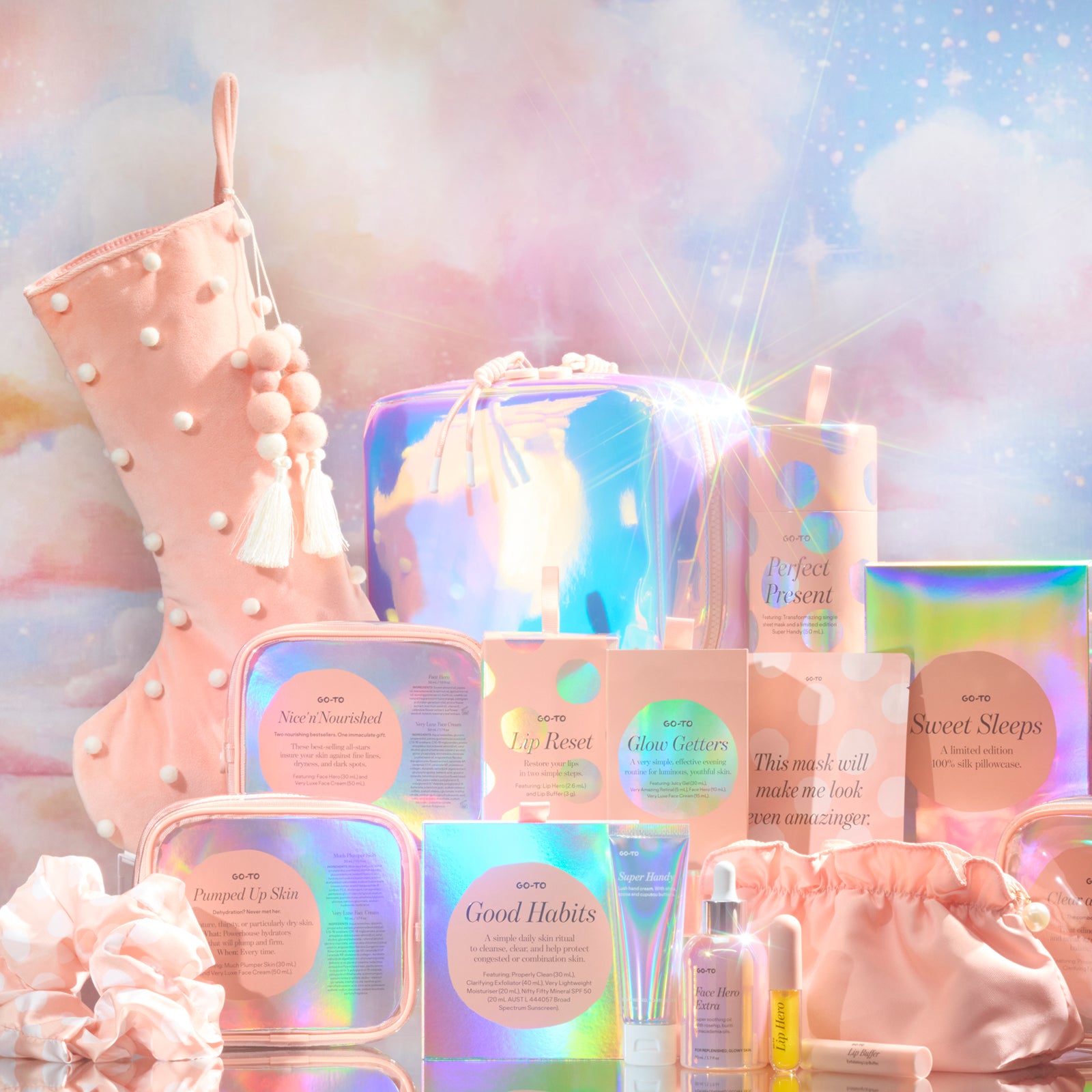



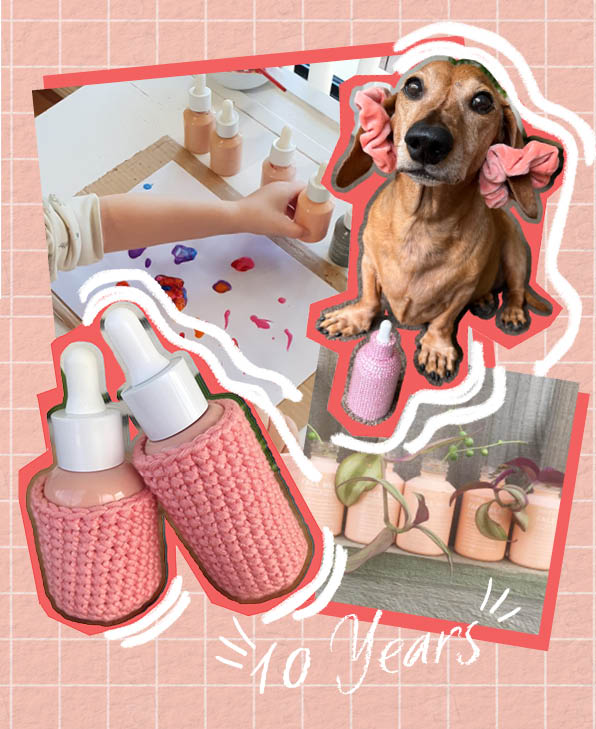

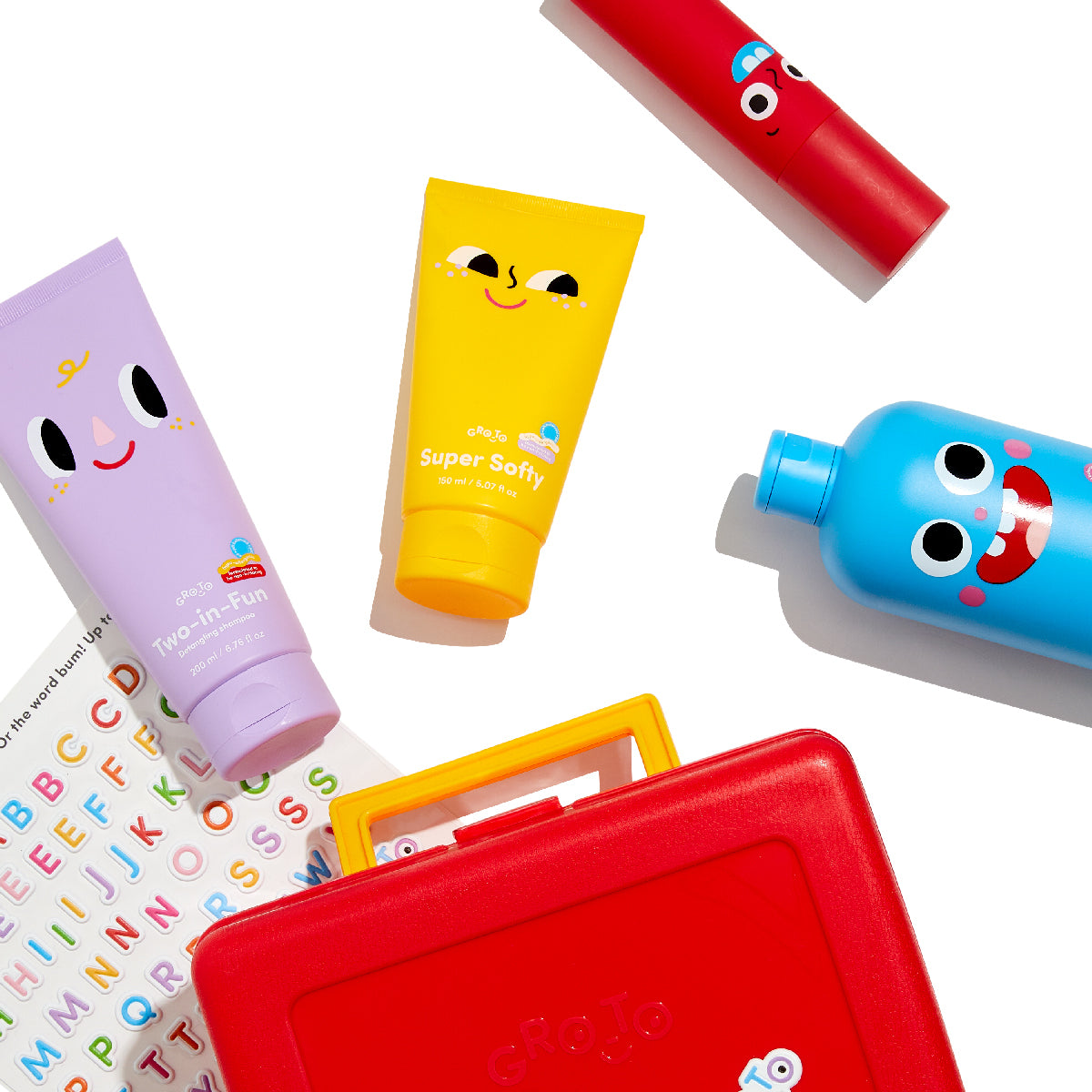
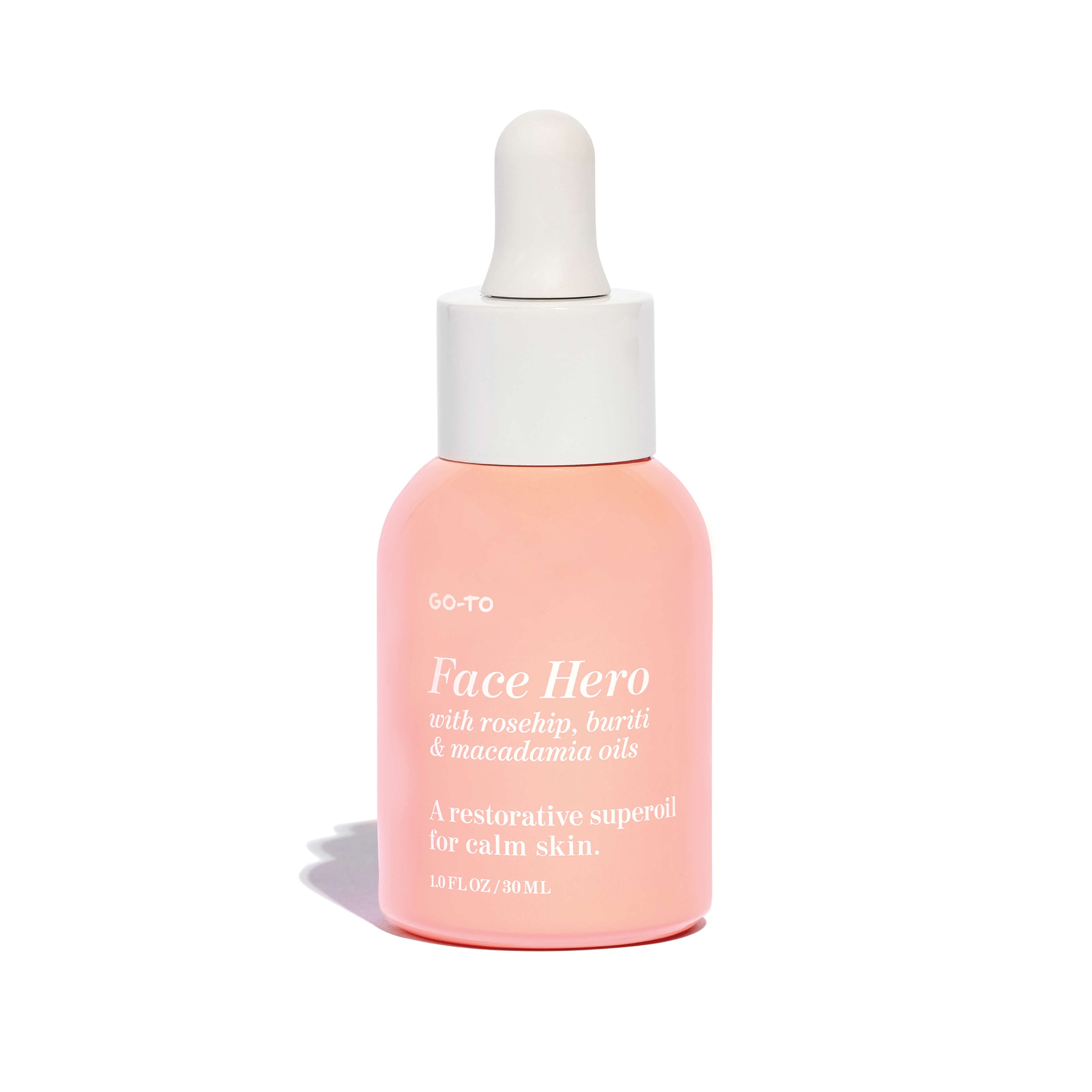


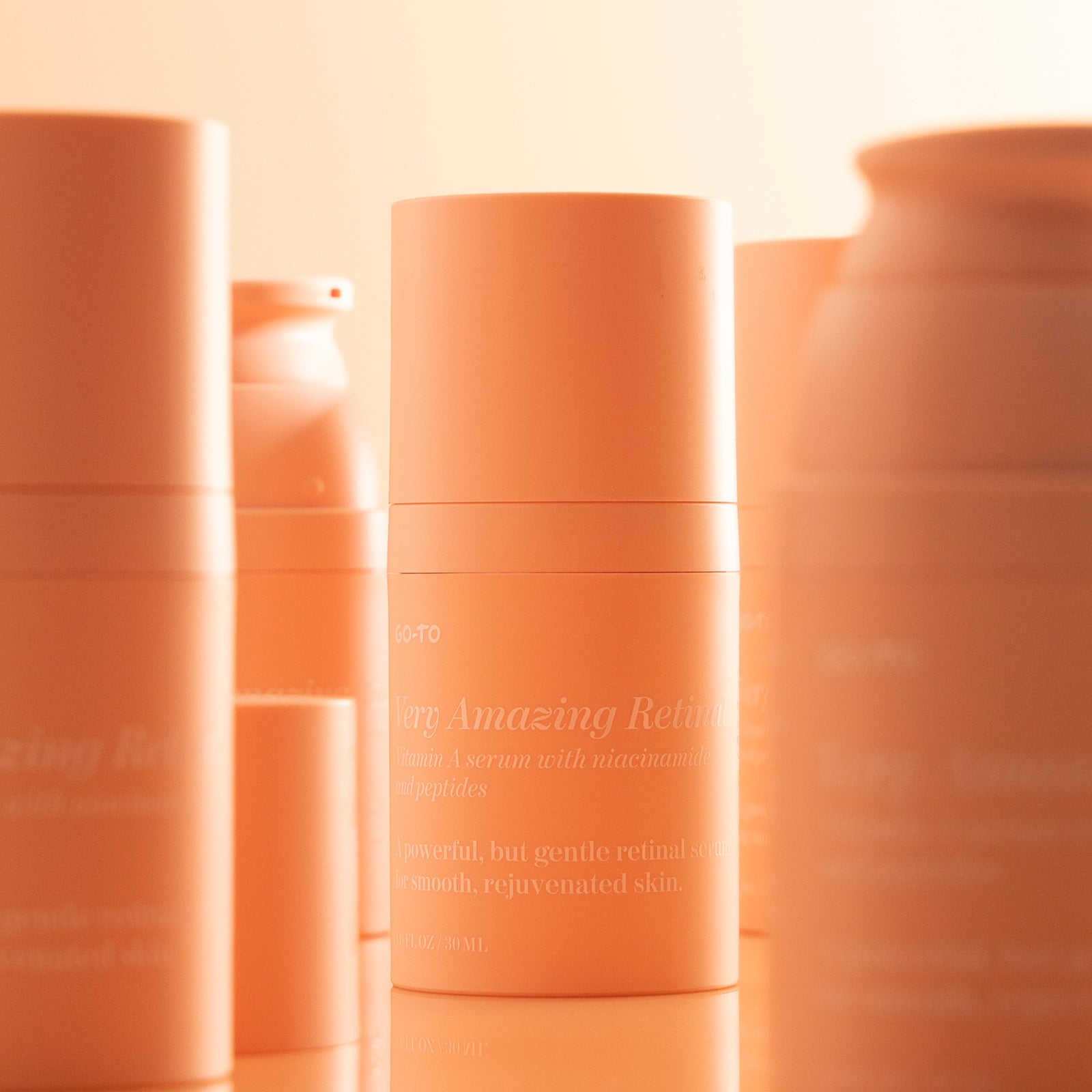
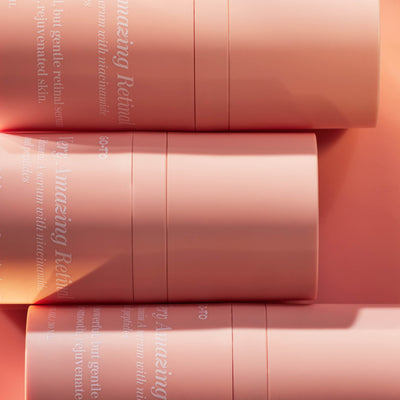




Comments